Interview with Aleksandar Cvetkovic
1November 23, 2014 by Ville Raivio
VR: Your age and occupation?
AC: I am 21 years old and the Editorial Assistant for a luxury men’s lifestyle magazine.
Products from Pukimo Raivio
Ralph Lauren, Black Label suit, size 52EU
VR: Your educational background?
AC: I attended an ordinary State School in Hertfordshire, which I loved. I have always taken pride in my work and I learned to appreciate the value of working hard from a young age. I applied to Oxford University to study English Language and Literature, and succeeded in being the first student from my school to ever succeed in winning a place as an English undergraduate. I attended Oxford for three years, specialising in Medieval Literature. I graduated earlier this year and then was lucky enough to move straight into the world of work.
VR: Have you any children or spouse (and how do they relate to your style enthusiasm)?
AC: Nope.
VR: …and your parents and siblings’ reactions back when you were younger?
AC: My parents were sceptical for a long time about my obsession with tailoring and sartorial style, and were concerned for a time that I wouldn’t be able to find a job or a sensible career in the industry, but fortunately I’ve been able to prove them wrong, and they have both since admitted that I was right to follow my heart and pursue a career in the luxury menswear world. I’m an only child, so no siblings to contend with, fortunately. My girlfriend (of the past two years) has always been very supportive and indeed is extremely enthusiastic when it comes to my love of tailoring; she enjoys the way I dress and equally enjoys helping me to plan outfits and my wardrobe in general. She is always willing to talk through my thoughts on dress and clothing.
VR: What other hobbies or passions do you have besides classic apparel?
AC: I have a passion for literature (particularly medieval literature, obviously), so I tend to read a lot of Old and Middle English literature and history. I also love the theatre and have performed in amateur dramatics societies for many years; I’ve been fortunate enough to perform with some great people in great theatres – particularly at University, where I played Jean Valjean in Les Misérables, Richard Nixon in Frost/Nixon and Count Carl Magnus-Malcolm in A Little Night Music amongst other hugely fun characters.
VR: How did you first become interested in style, and when did you turn your eyes towards the classics? Why these instead of fashion?
AC: My love of tailoring came about as a result of my love of Jazz music. I’ve loved the freedom and expressiveness of Jazz ever since I was very young, and as I got older and engaged with the world of Jazz more and more, I started to become interested in the elegant, polished tailoring of many famous early Jazz artists. The Jazz Age itself struck me as such an extraordinarily opulent, elegant era and I fell in love with the way that people dressed in the early twentieth century. And for men, this of course meant wearing well-tailored suits – and that was it.
I bought my first suit at the age of thirteen and it was a black and white chalkstripe double-breasted with very broad peaked lapels and a low gorge. It was the perfect modern take on a ’20s gangster suit, and I totally fell in the love with the way it made me feel when I wore it. I find a great pleasure in looking elegant and well turned-out, and that all started with this love of Jazz-Age style and tailoring. As I came to better understand classical men’s style during my teenage years, I realised that the reason the famous style icons of the past always looked so immaculate was because their clothing was well-made and well conceived, and they cared about how they looked and what they wore. This is something that consequently I have always wanted to emulate. I’m not interested in poorly made or cheap products that don’t have any allure behind them, or in mass-market fashion fads – for me, the things that are really beautiful are the things that are timelessly stylish and well made.
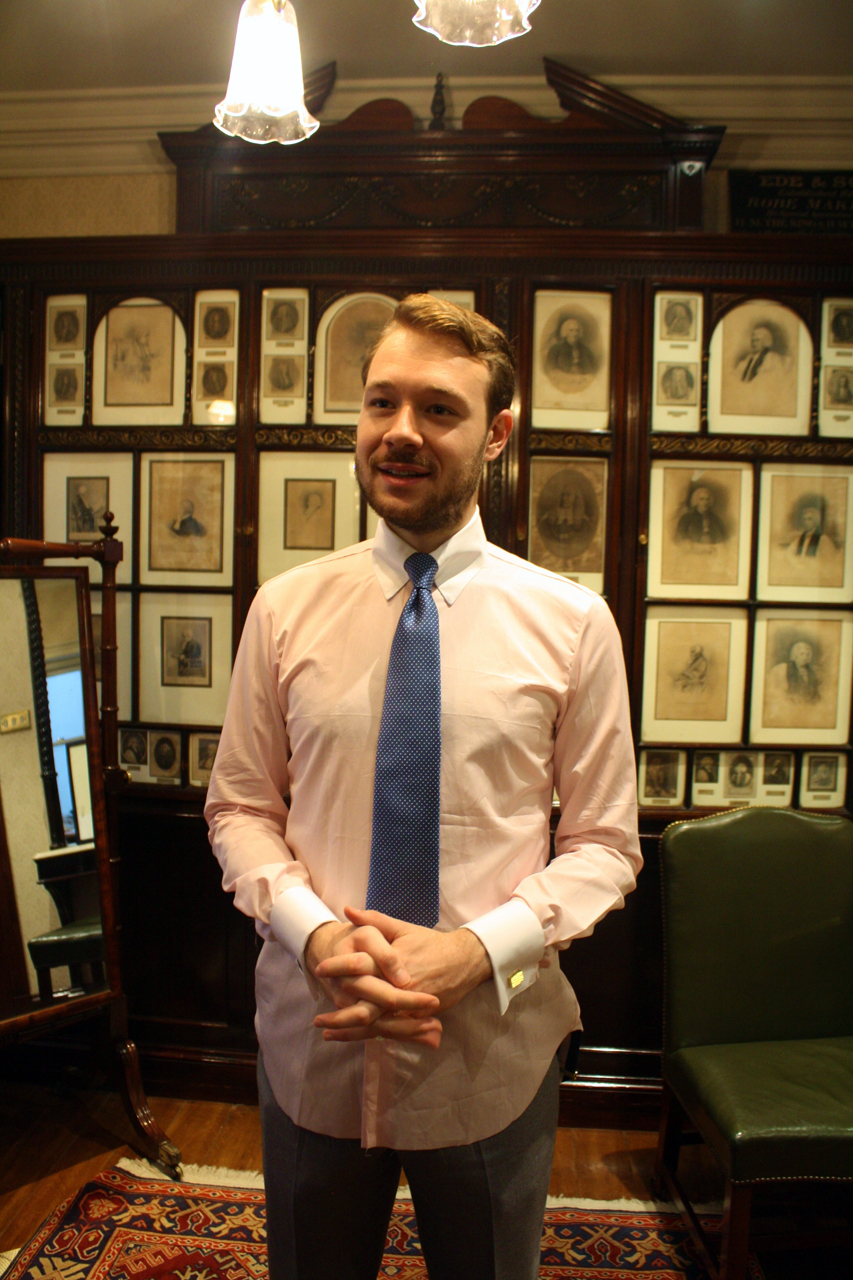
VR: How have you gathered your knowledge of the trade — from books, in-house training, workshops or somewhere else?
AC: I started my sartorial style site The Student Tailor whilst still an undergraduate (hence the name) because I knew that I wanted to connect with the luxury menswear industry and learn more about its make-up, about fine tailoring, shoemaking, shirts and so forth. I have built my own blog to a position whereby I’m lucky enough to visit and meet with a lot of different craftsmen – so I learn a lot simply by asking them how they work and what they do. It all gets written down in the blog, so readers can learn about luxury manufacturing and craft in the same way I do.
And of course I’ve learned a lot about how to dress, and about how luxury products are made by reading style books, guides, other blogs and websites – and through spending years developing my own sense of personal style. When I look back to how I dressed during Sixth Form, to how I dress now – you’d never know it was the same person. I had no idea about how to fit a suit, what colours, patterns and textures work together, no idea about good shoes. I’ve learned about the trade simply through my own personal journey – my own quest to be a better dresser.
VR: Please describe how your blog was born and what goals you set for yourself in the beginning. How have you been received so far?
AC: My blog came into being just over a year ago now. I offered to write some blog posts for London tailors, at the start of the university summer holidays, and wrote them two pieces. They loved the pieces but declined to publish them because they were in the process of reworking their social media. They did, however, suggest that the writing was good and that I should consider starting my own blog. I had wanted to find a way to engage more closely with the world of luxury menswear for some time, so I decided that it was a good idea, and that was that!
I just wanted to share my passion for sartorial style and classical men’s dress – I love the glamour and elegance associated with gentlemen’s dress and I love writing, so writing about my love for tailoring was a pretty logical thing to to do, really!
Now that the blog is established, I’m enjoying working on it very much, so I want it to keep growing; I’m visiting more and more artisans and being welcomed into more and more wonderful industries and workshops – all of which share my passion for quality and old-school elegance, and it’s just a lovely thing to be able to do and it’s lovely to be able to share this journey with readers and, offer them an insight into the lives and loves of bespoke craftsmen. I’ve visited several British tailors now, including some really prestigious names like Edward Sexton and Gieves & Hawkes, and I’ve even been around the Italian shoemakers, and had a tour of Liverano & Liverano – and I’d just like to be able to keep doing more of the same as the blog develops.
Its been hard work to drive the blog to the point its reached in only a year, but its been an extremely satisfying to watch the blog grow. I am very fortunate that many readers send lovely messages complimenting me on the blog and it’s very reassuring to hear that people enjoy reading it – I’ve had a number of readers stop me in the street and very kindly compliment the blog, and a number of tailors have also stopped me on the street to chat, or have even welcomed me into their workrooms to show me what they do. It’s an extremely flattering and generous thing to do, and it’s hugely exciting when it does happen because gaining an insight into the world of menswear was one of my main objectives when starting the blog.
When I create the editorial schedule for my blog, which I do every couple of months or so, I focus on how I can offer readers a balance; I try to have one bespoke project on-the-go at any one time, so readers can follow and learn about the creation of a particular bespoke or luxury British product, and learn about the in-depth process of creating bespoke products. I like to keep a constant flow of style advice and style discussion pieces available, so that readers can continue to think about their personal dress and personal style, and equally I like to offer regular industry insights; visiting shops, factories, offering interviews, etc., to try and give readers exclusive looks behind the scenes at the luxury menswear industry.
The schedule also allows me to track my progress and think about what to focus on; at the moment I feel that the blog is quite tailoring-heavy, and I’ve got quite a few features about different tailors coming up, so I’ve scheduled to write some style advice pieces and focus on a couple of accessories brands; hopefully a hatters and a tie manufacturer. So it’s just about offering readers a balance, really, in the hope that I will offer something of interest to every reader.
VR: Have you any particular style or cut philosophy behind your commissions?
AC: I have always loved the Jazz-Age tailoring and the very strong Art Deco style that evolved in tailored menswear during the 1920s and ’30s – because obviously, as I mentioned above, it was the clothing worn by the famous Jazz Singers of the Roaring ’20s that got me into classic style in the first place.
During the ’20s and ’30s a passion for expressive, colourful tailoring and menswear exploded onto the world-screen for the first time; the world had just emerged from the repression of the Victorian and Edwardian eras, and out from under the shadow of the Great War. For the first time people were able to relax, experiment and enjoy looking and feeling good. The result for men’s tailoring was that everything became richly coloured and structured – strong roped shoulders, hourglass waists, big peaked lapels, broad chests, double-breasted cuts and waistcoats, flowing pleated trousers – huge chunky overcoats, big fedora hats, colourful ties, pocket handkerchiefs, fine silks, correspondent shoes – it all happens during the Jazz Age.
This sense of expressive and masculine style has always appealed to me, and when I design my bespoke commissions and dress in tailoring on a day-to-day basis, I spend a lot of time trying to capture this sense of optimism and flamboyance. I look through archival material, read about the 1920s and ’30s trends, and study the shapes, cuts, cloths and patterns used in Art Deco menswear, before choosing how I want my suits cut and styled.
VR: Why should Keikari’s readers have a look at your site?
AC: I hope above all that Keikari’s readers would find my site engaging. It’s a site which focuses on and offers in-depth insights into classic, sartorial and tailored style – the site aims to give readers in-depth and exclusive insights into all areas of the luxury menswear industry, and some inspiring style advice all in one place.
The whole point of the site is to share my deeply-rooted passion for sartorial style, so the blog is a place for readers who want to engage (as I do) in the world of sartorial style; good shoes, fine tailoring, beautiful suits and lovely accessories. We all love these things – so Thestudenttailor is a place for readers to go and enjoy reading about a young guy’s friendly and unfussy approach to masculine elegance and sartorial style, and hopefully learn something new along the way.
I try to make the site as relaxed as possible, I don’t spend time being negative or criticising products or brands – I write without bias and always look for the good in someone’s work; so it’s a site full of what I hope are useful recommendations, as well as thought-provoking profiles of craftsmen and artisanal luxury men’s products.
I also have a section on the site entitled ‘commentary’ which offers my insights into current happenings in the luxury menswear world, allowing readers to engage in a ongoing conversation about the future of menswear and classic style – something that we are all passionate about keeping alive.
I get a lot of feedback from readers who say that they enjoy my writing because it’s warm and friendly in tone and I do try to offer content that is engaging rather than stilted or stuffy, so I would love it if readers of Keikari could take a look and hopefully enjoy reading what they find on The Student Tailor.
VR: Who or what inspires you?
AC: People who are expressive; people who appreciate aesthetics and art and who somehow channel artistic expression in their own lives. I love poetry, fashion, theatre, expressionist art and literature; those things in society which paint intense portraits of human feeling and creativity.
The ability to connect with our own feelings, and with the deepest, most powerful aspects of human emotion – good or bad – is what I personally believe defines humanity. Those individuals who understand and value their own emotions and channel them artistically; whether painters, tailors, architects or philanthropists – are the people that inspire me.
VR: What’s your definition of style?
AC: Style is the art of feeling truly comfortable with who you are. Masculine style icons throughout history have always been confident and secure in their sense of dress, their deportment, their manners, their taste, their character. Being true to yourself in all areas of life and having the bravery to be comfortable with your personal taste is the key to developing a sense of style which is natural and elegant, rather than forced or pretentious.
Category Bloggers, Interviews, Writers | Tags:

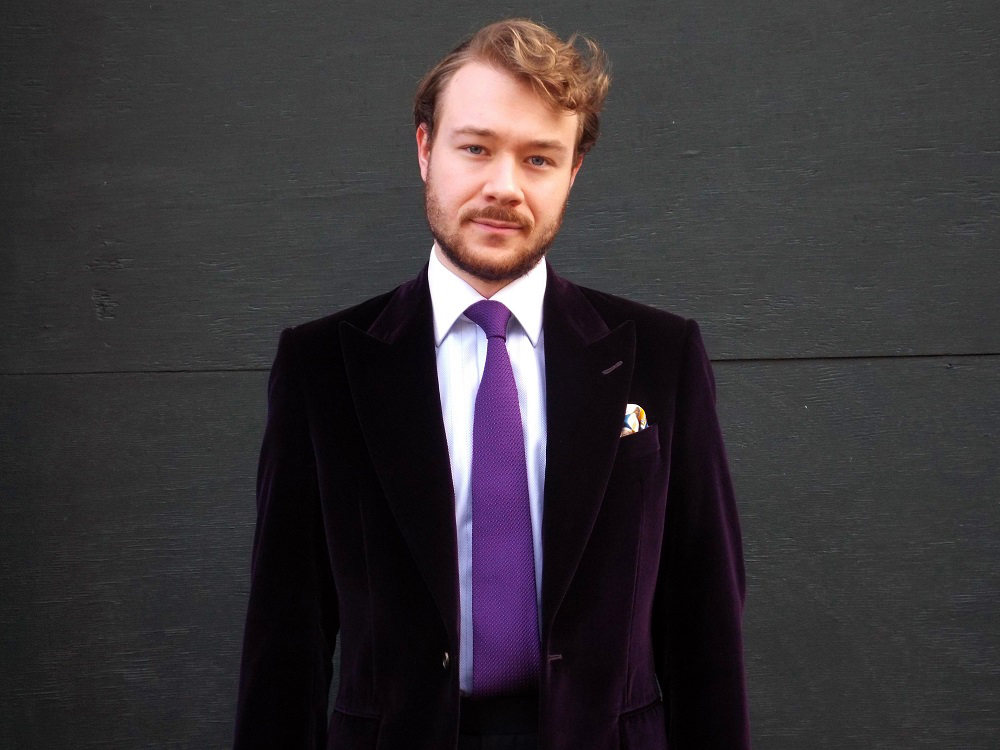
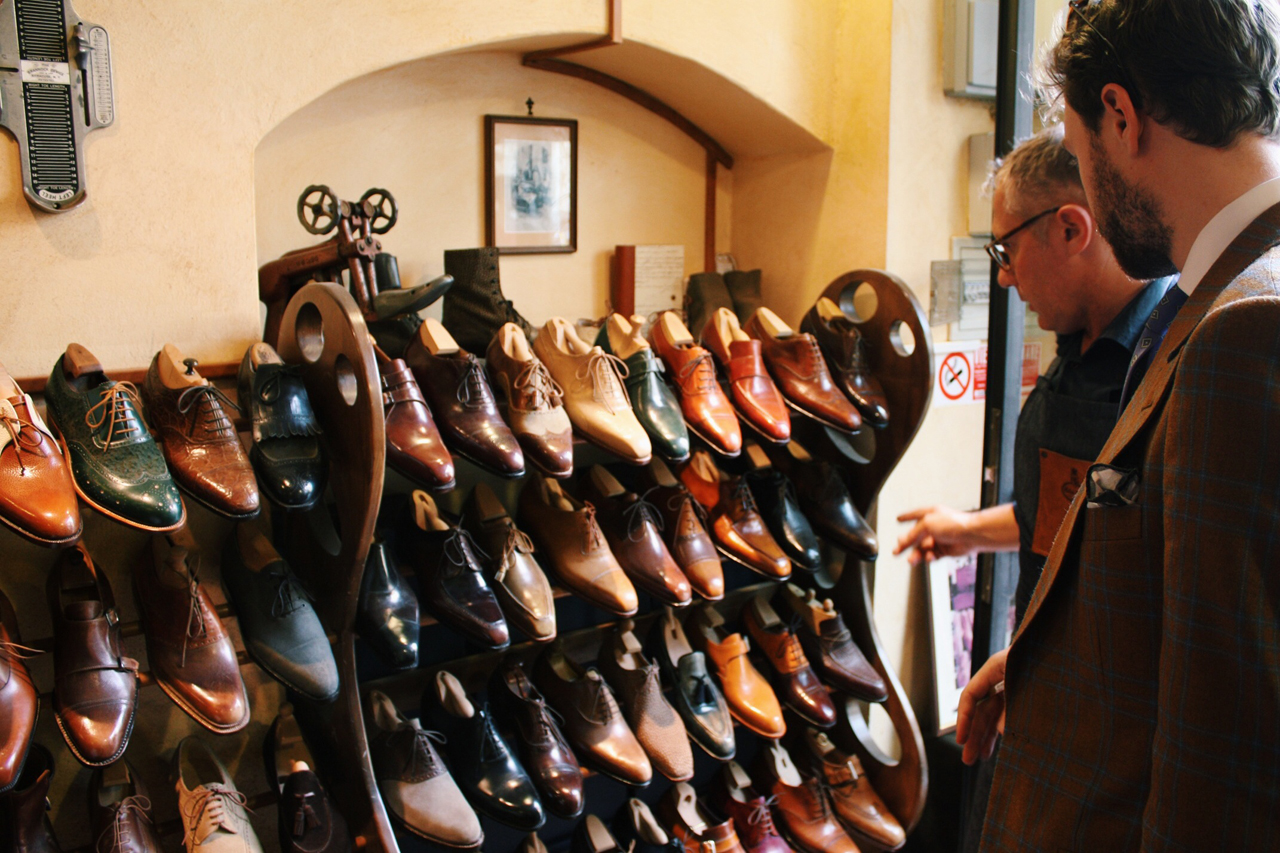
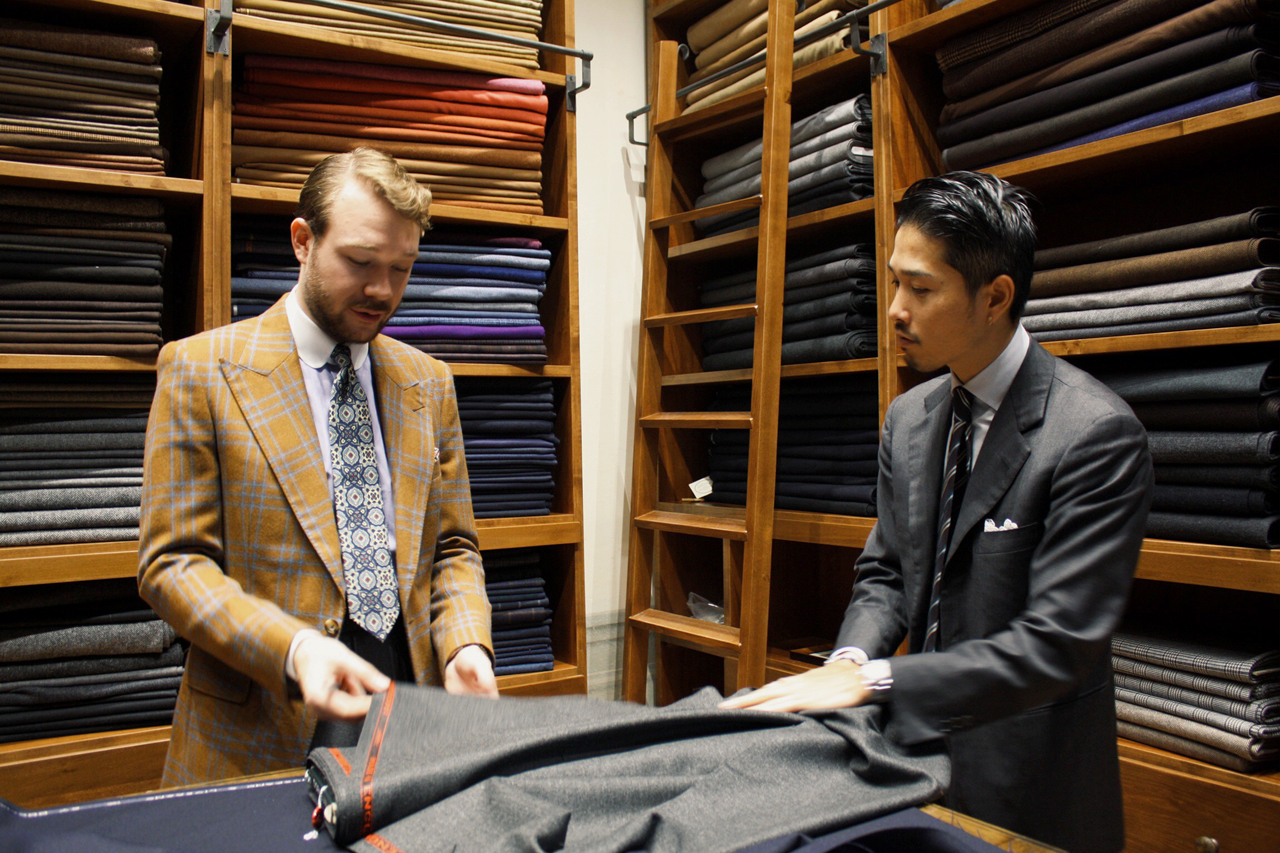
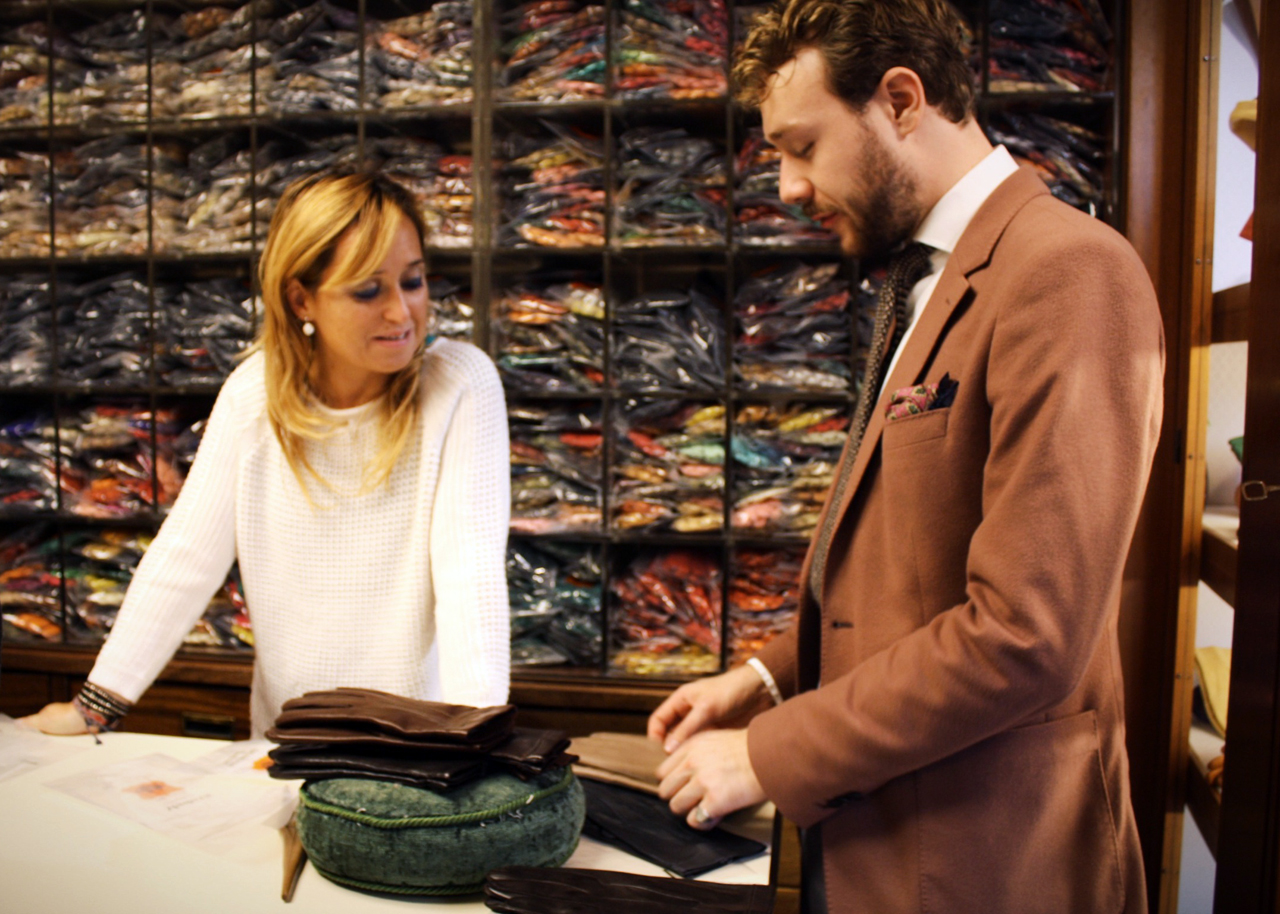
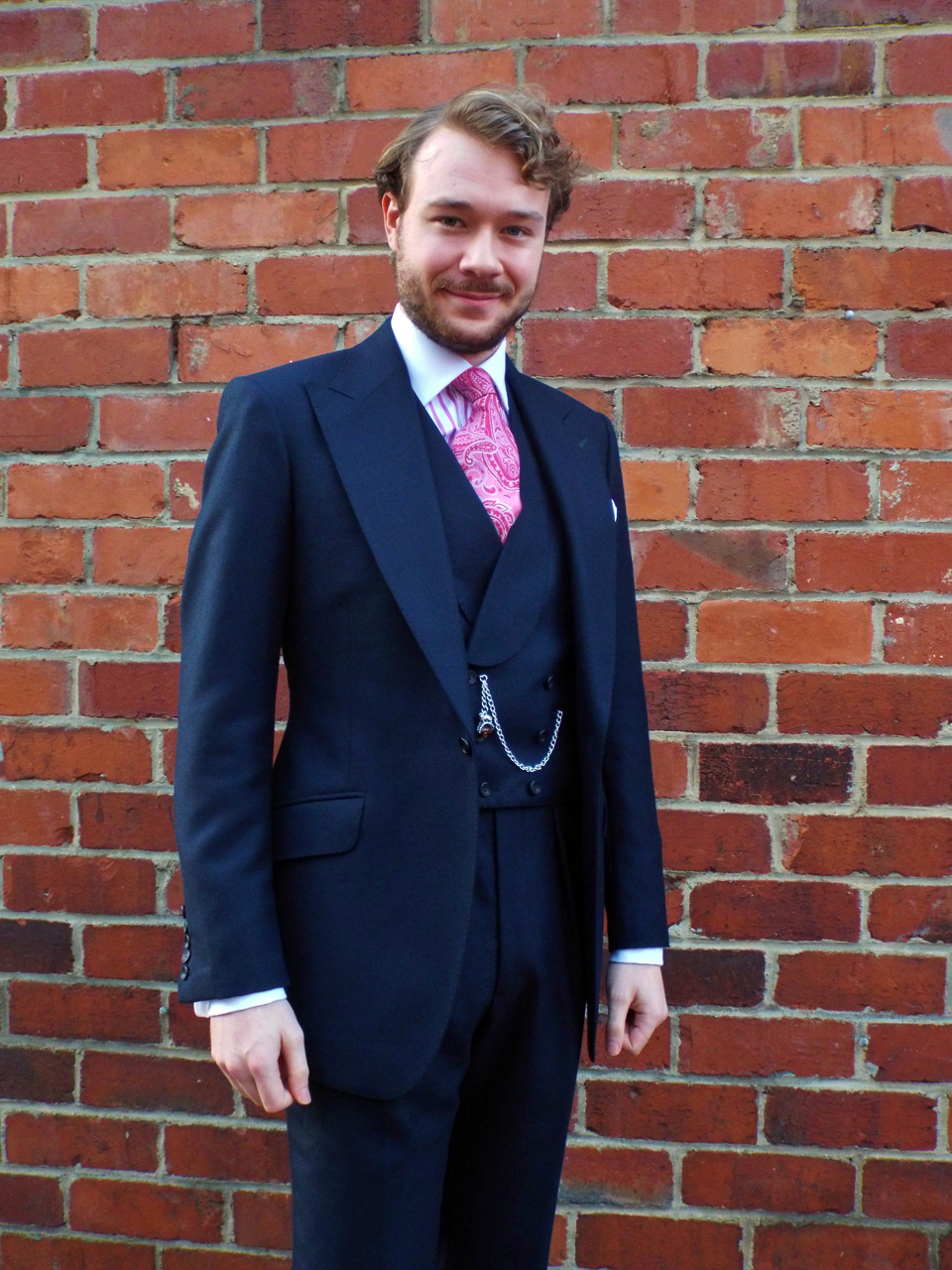


Having followed Alex’s blog for quite a while now, I have to say how much I enjoy reading it.He has combined his love of good tailoring etc with a very informative style of writing and his passion for all things sartorial is evident throughout his blog.Long may The student tailor continue.